Design Principles and Aesthetics
The design and aesthetics of your furniture play a significant role in creating a harmonious and visually appealing space:
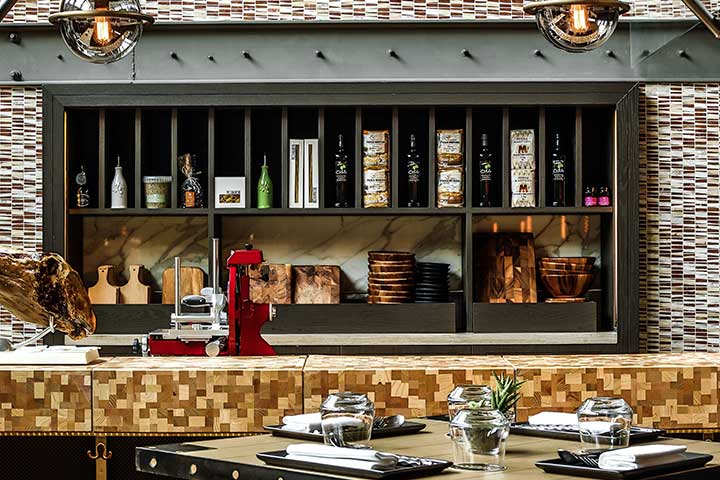
1. Define Your Style: Your personal style should guide your furniture choices. Are you drawn to contemporary, traditional, minimalist, or eclectic designs? Understanding your style preferences will help you narrow down your options.
2. Color Scheme: Consider the color scheme of the room and how it relates to your furniture. A neutral room may benefit from furniture in accent colors, while a bold and colorful room may require more understated pieces.
3. Scale and Proportion: Ensure that the scale and proportion of your furniture are appropriate for your space. Large, overstuffed furniture can overwhelm a small room, while small-scale furniture can look lost in a spacious area.
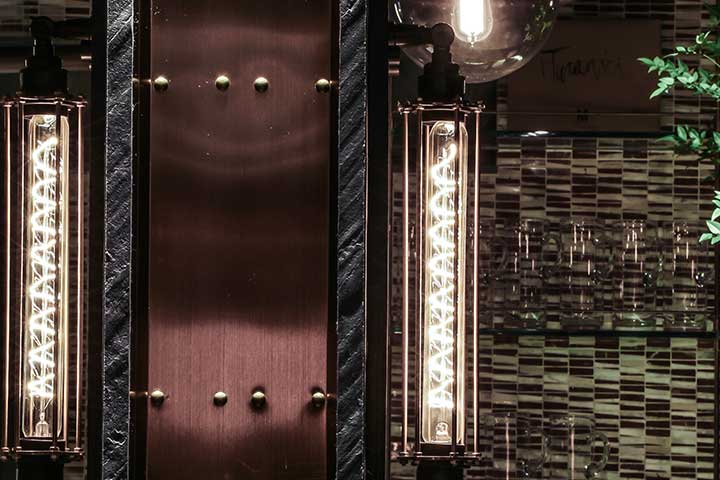
4. Balance and Symmetry: Achieving a sense of balance and symmetry is important in furniture arrangement. You can achieve this by placing similar-sized and styled pieces on opposite sides of the room.
5. Mixing Materials: The use of different materials can add depth and character to your room. Mixing materials like wood, metal, glass, and textiles can create a more dynamic and visually interesting space.



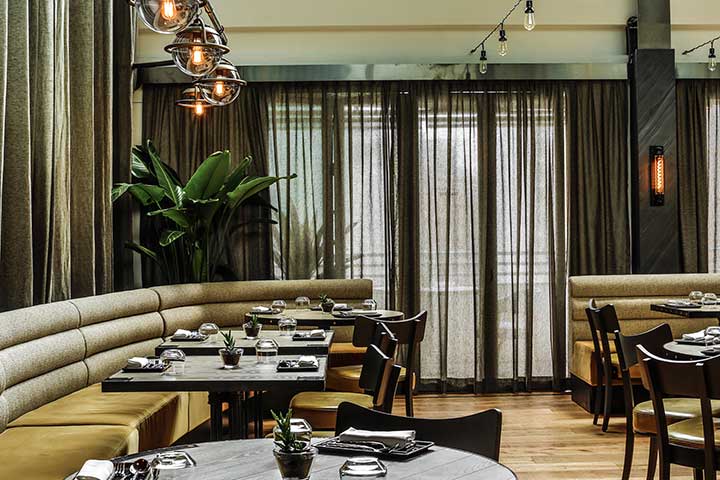
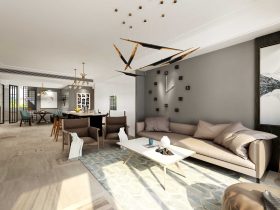

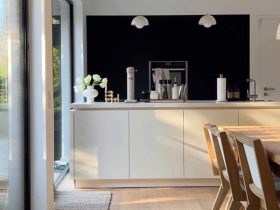
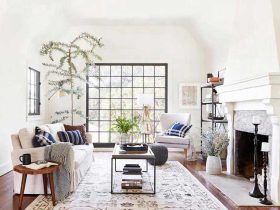
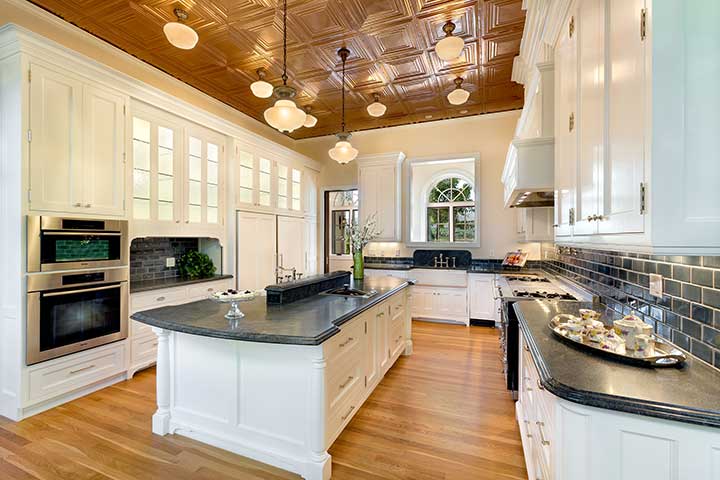
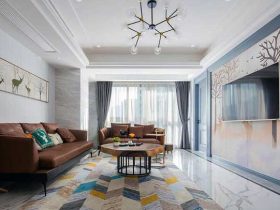
Find Us on Socials